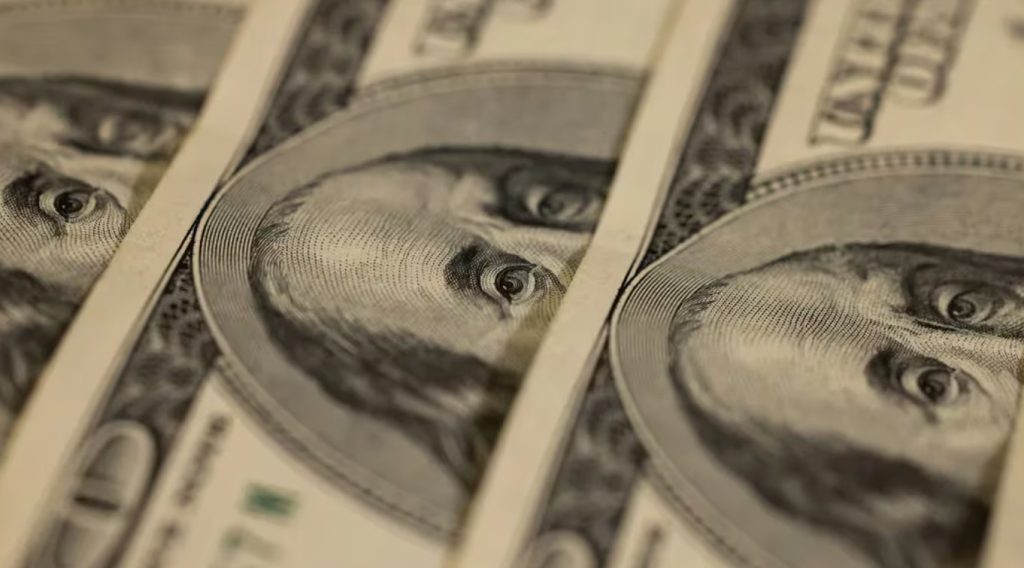
Bitcoin’s (BTC) all-time high of $69,325 has not been hedged for inflation — a dint in the idea that this “digital gold” is a successful store-of-value. When measuring inflation, bitcoin, despite its notable rally in recent months, is still technically worth less than it was at its previous high in November 2021.
According to the U.S. inflation calculator, the cost of a single BTC today — at around $67,000 at time of writing, would need to hit $78,905.45 to claim the same value as bitcoin in 2021, the year it last saw a record high. Of course, this could be more of an indictment of the U.S. dollar than bitcoin, which has rallied over 230% year-over-year.
Put differently, bitcoin’s market peak set this week would have the same purchase value as $60,907 in 2021, $55,097.30 in 2017 and $52,363.34 in 2013 — years which saw significant price appreciation for the first cryptocurrency.
That a volatile asset like bitcoin hasn’t kept up with inflation (at least since the last ATH) is a bit of a red herring when considering how far it has come. A bitcoin in someone’s wallet today, for instance, would be worth $48,395.13 in 2008, when it was first launched and didn’t have a market value at all. Bitcoin first hit parity with the U.S. dollar in February 2011, and has been gaining ever since.
The current rally — spurred by the successful launch of spot market bitcoin exchange-traded funds (ETFs) and other contributing factors — has cemented in people’s minds that crypto is not going away, even if it doesn’t continue to climb. The list of people willing to state that bitcoin is dead is shrinking, and its roster of backers is only growing.
Moreover, bitcoin hit earlier fresh all-time highs outside of the U.S. — in the E.U., Japan, Turkey, and so on — given the rate of currency depreciation relative to the dollar. The U.S. dollar index (DXY) has gained 10.7% since November 2021, meaning many currencies across the world have lost value.
One of the biggest value propositions of Bitcoin is the idea that it will hold its value better than fiat currencies. While the Federal Reserve seems to have steered an economy ravished by a pandemic-led global shutdown towards a “soft landing,” many have still lost faith in the ability for technocrats to manage U.S. finances. All in, the U.S. government printed $13 trillion during COVID alone, which has shown up in increased prices for consumer goods.
Interestingly, bitcoin is ratcheting up alongside physical gold, which crypto researcher Nicole Acheson attributes to increased buying pressure from central banks around the world. “The World Gold Council reported that central banks increased official gold reserves by 39 tonnes in January, more than double the net increase seen in December,” she wrote in the “Crypto Is Macro” newsletter, noting Turkey, China, India and Kazakhstan are leading the purchases.
It’s hard to say how bitcoin will perform over the long haul, but, psychologically, many holders feel secure that the network will be capped at 21 million coins — in theory — which could be called a more predictable and potentially deflationary “monetary policy.” This is all the more relevant given how well bitcoin has performed during a period of raised interest rates, which most analysts thought would depress crypto prices.
Bitcoin has appreciated more than 50% year-to-date alone, setting an all-time high just weeks after bitcoin ETFs were launched during a period of severe market pessimism. It’s not out of the question for it to climb another $10,000 and surpass its inflation-adjusted price. Either way, the real value of bitcoin shouldn’t be its price in dollars, but what you could do with it.